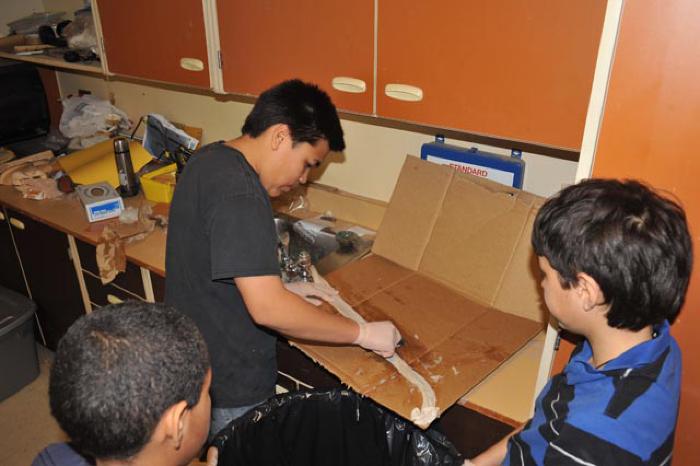Urine — Etquq

Across Alaska, Native people used human urine for processing hides. In Alutiiq communities, urine was collected in wooden tubs stationed outside people’s houses. Hides were soaked in these tubs, where the ammonia acted as soap, breaking down fatty deposits clinging to the skin. According to Russian observers, animal gut for waterproof clothing was prepared by turning the gut inside out, scraping it clean with a shell, and washing it repeatedly in urine. Urine was also used to remove the hair from hides. Hides were soaked in urine and then rolled and left in a warm place to sit for several days until the hair could be easily scraped away. Urine was even used to help set dyes. In Prince William Sound, people soaked spruce roots dyed for basket weaving in urine to fix the color.
Alaskans also once used urine for washing, because of its grease-cutting properties. From southeast Alaska to the North Slope, Native peoples cleaned their hair, clothes, and bodies with sterile, freshly passed urine. Urine was also noted for its medicinal properties. In the Kodiak area, Alutiiqs used urine to clean sores and dislodge devil’s club needles from the skin. The urine caused the skin to swell, making the spines easier to remove. To relieve arthritis, people diced the leaves of the licorice fern, mixed them with urine, and heated the mixture to form a comforting poultice.
